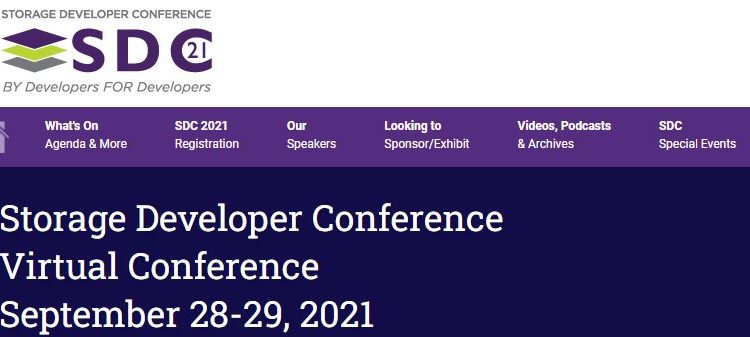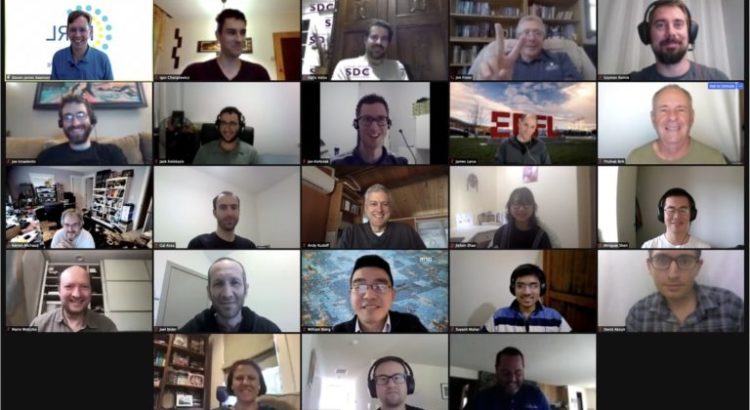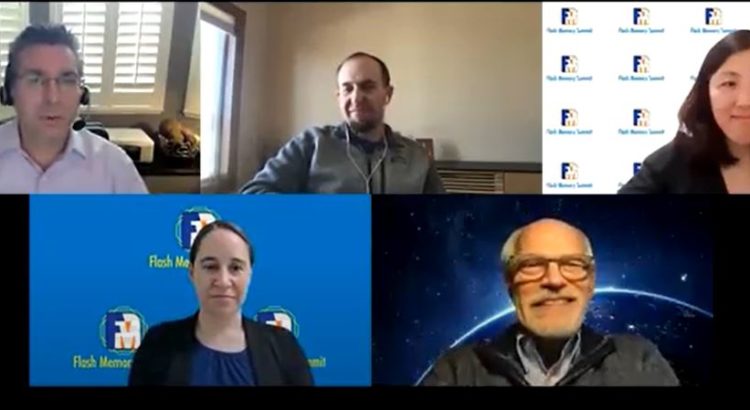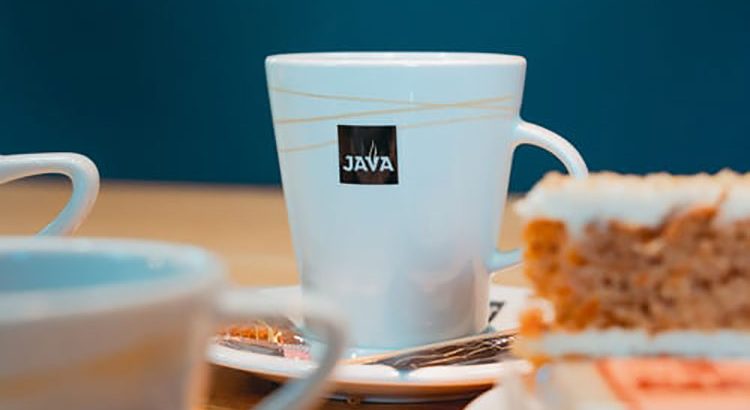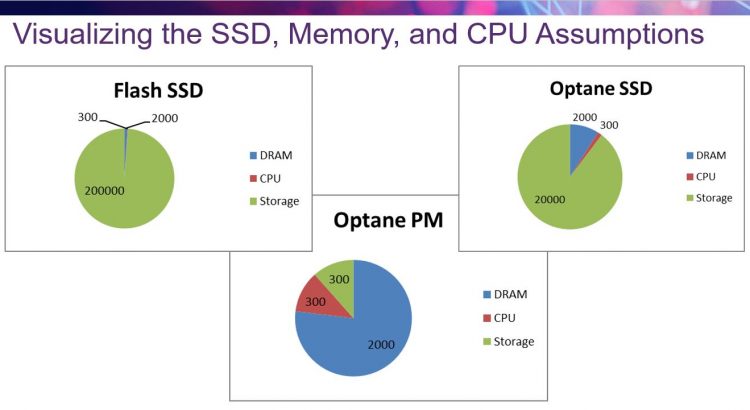SNIA Storage Developer Conference goes virtual September 28-29 2021, and compute, memory, and storage are important topics. SNIA Compute, Memory, and Storage Initiative is a sponsor of SDC 2021 – so visit our booth for the latest information and a chance to chat with our experts. With over 120 sessions available to watch live during the event and later on-demand, live Birds of a Feather chats, and a Persistent Memory Bootcamp and Hackathon accessing new systems in the cloud, we want to make sure you don’t miss anything! Register here to see sessions live – or on demand to your schedule.
Agenda highlights include:
LIVE Birds of a Feather Sessions are OPEN to all – SDC registration not required. Here is your chance, via zoom, to ask your questions of the SNIA experts. Registration links will go live on September 28 and 29 at this page link.
- Computational Storage Advances Birds of a Feather LIVE Session – ask your questions of our experts and see live demos of shipping computational storage systems Wednesday September 29 from 4:00 pm – 5:00 pm PDT (UTC-7)
- CXL and Persistent Memory Birds of a Feather LIVE Session – ask your questions of our experts on how CXL and PMEM work together, your bootcamp progress, how to program PM, and more. Tuesday September 28 from 4:00 pm – 5:00 pm PDT (UTC-7)
- What’s New in SFF – Another Conversation with Very Opinionated Experts – ask your questions on what the SFF TA TWG has done in the last year for cables, connectors, and form factors, and what is on the horizon. Wednesday September 29 from 4:00 pm – 5:00 pm PDT (UTC-7)
Computational Storage Talks
A great video provides an overview of sessions. Watch it here.
- Computational Storage Update from the Working Group – providing a status update from the work having been done over the last year, including the release of the new Public Review materials around Architecture and API
- Computational Storage Moving Forward with an Architecture and API – Learn what is happening in industry organizations to make Computational storage something that you can buy from a number of vendors to move your computation to where your data resides
- Computational Storage APIs – how the SNIA Computational Storage TWG is leading the way with new interface definitions with Computational Storage APIs that work across different hardware architectures.
- NVMe Computational Storage Update – Learn what is happening in NVMe to support Computational Storage devices, including a high level architecture that is being defined in NVMe for Computational Storage. The architecture provides for programs based on a standardized eBPF. (Check out our blog on eBPF.)
Persistent Memory Presentations
A great video provides an overview of sessions. Watch it here.
- Compute Express Link 2.0: A High-Performance Interconnect for Memory Pooling – learn about the next generation of CXL technology
- SNIA SDXI Roundtable: Towards Standardizing a Memory to Memory Data Movement and Acceleration Interface – experts and representatives of SDXI TWG member companies talk about their motivations in joining this industry-standard effort.
